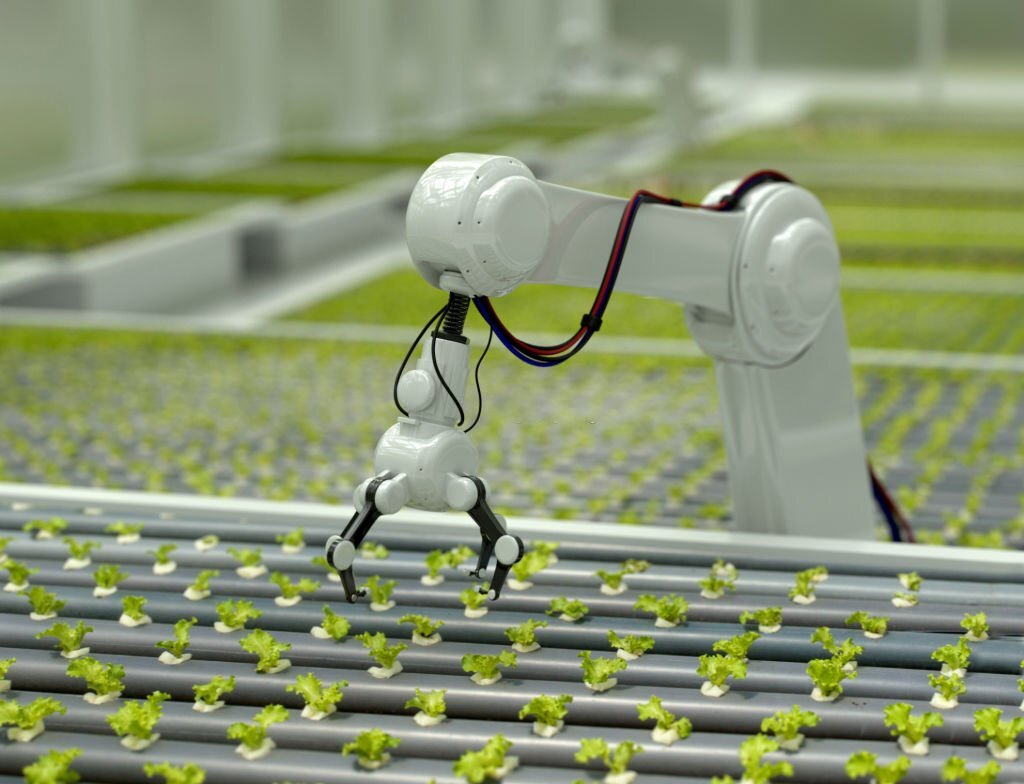Introduction
The integration of Artificial Intelligence (AI) in agriculture is revolutionizing the sector, offering innovative solutions to increase efficiency, reduce resource usage, and enhance crop yields. Let’s explore how AI is sowing the seeds for the future of agriculture.
1. Precision Farming
Precision farming involves using AI technologies to make accurate decisions about when to plant, fertilize, and harvest crops. AI-powered algorithms analyze data from satellites, drones, and sensors to assess soil health, detect plant diseases, and forecast weather patterns. This detailed information enables farmers to optimize their crop management practices, leading to increased productivity and sustainability.
2. Automated Irrigation Systems
AI is transforming irrigation by allowing for more accurate water distribution based on real-time field conditions. AI-powered irrigation systems analyze data on weather forecasts, soil conditions, and plant water needs to determine the optimal irrigation schedule. This precision reduces water waste, conserves resources, and leads to healthier, more resilient crops.
3. Crop Disease and Pest Detection
Early detection of crop diseases and pests is crucial for maintaining high yields. AI can automate this process, using machine learning algorithms to analyze images captured by drones or ground-based sensors. These algorithms can identify signs of disease or pests with high accuracy, enabling prompt intervention and minimizing crop loss.
4. Yield Prediction and Farm Analytics
AI can process vast amounts of data to provide insights into farm operations and predict crop yields. These predictions help farmers plan their marketing and sales strategies, manage supply chains, and make informed decisions about future planting strategies. The result is a more efficient and profitable farming operation.
5. Autonomous Farm Equipment
AI is driving the development of autonomous tractors and harvesters, which can operate around the clock, increasing farm productivity. Using GPS and sensors, these machines can navigate the fields, performing tasks like plowing, planting, and harvesting while minimizing damage to crops.
Conclusion
The incorporation of AI in agriculture signifies a critical shift towards more efficient and sustainable farming practices. As the agricultural sector continues to embrace AI, we can anticipate improvements in resource management, crop yields, and overall farm productivity. The seeds of the future are indeed being sown, and AI is at the heart of this agricultural revolution. Play sprunki phase 28 Anytime, Anywhere!



